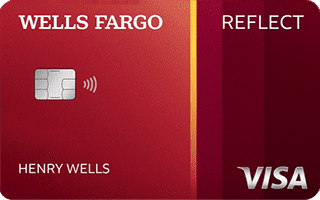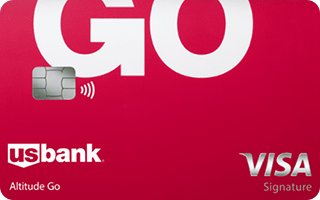Both the Wells Fargo Reflect® Card and the U.S. Bank Altitude® Go Visa Signature® Card offer no annual fee and cater to individuals with good to excellent credit. However, they serve different purposes. For balance transfer, the Wells Fargo Reflect card is the superior choice due to its lengthy 21-month 0% introductory APR. While the Wells Fargo Reflect doesn't offer rewards, its cell phone protection feature is a valuable perk to consider.
For those who prioritize earning rewards, the U.S. Bank Altitude Go is a strong option with its 4X points on dining.


















